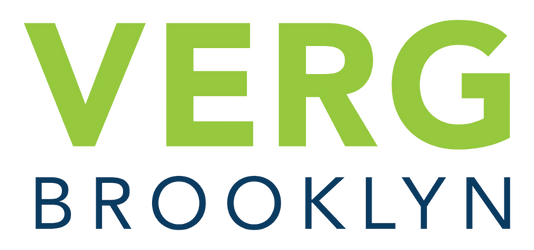Just like people, pets may require surgery at some point in their lives. Any surgery, however, is a major event for your pet and can interfere with their daily function after they return home. Knowing how to take care of your pet after they come home can greatly influence a successful recovery, shorten the recovery time, avoid complications, and ensure the success of the procedure.
What To Expect After Surgery
All veterinary surgical procedures require some form of general and or local anesthetics. For orthopedic surgeries, general anesthesia allows us to keep your pet pain-free and fear-free during the procedure. We also perform local pain blocks to the nerves going to the site of surgery. This allows us to use less general anesthesia and target pain better with decreased doses of opioids and gas anesthesia. This has become the gold standard of anesthesia in humans and we are happy to be one of the first hospitals to bring this level of care to our pet patients.
Patients usually recover from anesthesia in matter of hours and we expect them to be able to eat, drink and go out for walks just a few hours after surgery. We do continue patients on IV pain medications as needed to ensure a smooth recovery with minimal discomfort.
Help your pet get back on their paws more quickly after an orthopedic surgery with the following recovery tips
#1: Restrict your pet’s activity – Pets do not understand that they need to be calm and quiet to recover from surgery. It is advised, you keep your dog away from other pets and children during the first few days after they come home. Although they may soon feel well enough to run and play, keep your dog on a leash when walking outside, return inside immediately after a bathroom break, and confine them to their kennel or small room to prevent too much activity.
#2: Assist your pet in walking – Your pet may need help standing, lying down, walking, or posturing to urinate and defecate. Use a sling or other mobility aid to help your pet perform necessary functions and prevent an injury.
#3: Monitor the incision site – Check your pet’s incision site DAILY for swelling, inflammation, or drainage. Keep the area clean and dry, and follow your veterinary surgeon’s instructions.
#4 Do not remove the e-collar or protective suit – These are extremely important and prevent your pet from licking, itching or pawing at the incision site to ward off infection.
#5: Apply heat and ice packs – Heat and ice therapy can reduce swelling and pain and improve circulation to promote healing. In general, ice should be used for 48 hours following surgery, and then heat. Remember to place a towel between an ice or heat pack and your pet’s skin to prevent damage, and do not use the packs without first checking with your veterinarian.
#6: Administer medication – Medicate your pet postoperatively, as instructed. Your four-legged friend may seem to be recovering quickly and you may think they no longer need pain medication, but you must continue administration as directed. If your pet is experiencing an adverse effect (i.e., vomiting, diarrhea, inappetence, excessive sedation), inform us immediately.
#7: Don’t Skip your follow-up appointment – Your veterinary surgeon will schedule a complimentary 2 week follow-up appointment to make sure your pet is healing as expected and can discuss physical therapy and modified activity at home.
#8: Hold off on large meals — Due to the excitement of being discharged from the hospital, your pet may have an upset stomach upon arriving home. We ask that you wait approximately 30 minutes after returning home before giving any food. If no vomiting has occurred then it is all right to give a small amount of food.
#9: Keep your pet from becoming stressed – A change in normal routines and activity can be stressful. Your pet may become frustrated at the reduce level of activity after surgery. Rotating a couple of chew/squeaky toys and spending time talking and petting them can help stimulate your pet and help them remain calm and relaxed. Some pets need anti-anxiety medications after surgery to help with the new activity restrictions. Please speak with your surgeon if you think this applies to your pet.
#10: Employ rehabilitative therapies – Cats and dogs who undergo orthopedic surgery often benefit greatly from postoperative rehabilitation. The following therapies may help your pet recover more quickly and regain muscle mass and mobility:
- Laser therapy Hydrotherapy (i.e., underwater treadmill)
- Therapeutic massage
- Passive range-of-motion exercises
- Therapeutic ultrasound
- Acupuncture
- Chiropractic care
- Neuromuscular electrical stimulation
Although we understand this phase can be slow, stressful, and worrisome, following these steps will help your pet bounce back after surgery and eliminate the need for extra appointments. At your pet’s discharge appointment, your veterinary surgeon will work with you to create a recovery and rehabilitation plan and will answer all of your questions.
Contact our Surgery Team at VERG if you need to schedule a procedure or a follow-up appointment.
Board-certified surgeon, Dr. Matthew Morgan and the Surgery team at VERG Brooklyn are here to help if you have questions before or after your pet’s surgical procedure. We will carefully evaluate your pet’s current health and walk you through what to do to get ready for their surgical procedure, and following treatment, we’ll provide personalized care instructions to ensure your furry friends remain healthy and heal quickly. If you ever have questions or need help following treatment, please don’t hesitate to contact our dedicated team. We are happy to help.

